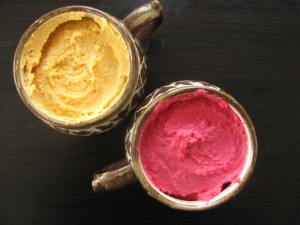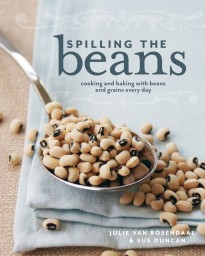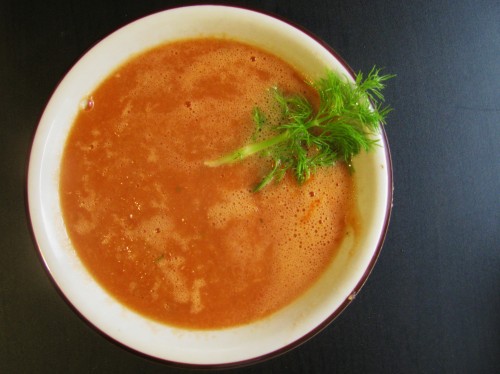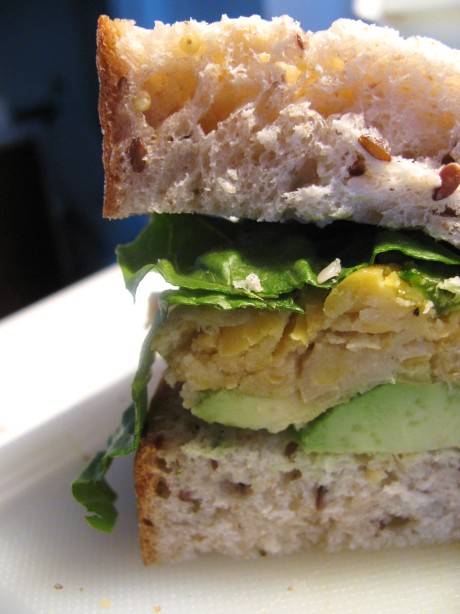Including good sources of protein in snacks helps you feel full without eating too much while contributing to meeting your daily protein needs. When it comes to plant-based high protein snacks, aside from the obvious handful of plain nuts or seeds, here are a few ideas to mix it up– some from Eating Greener, and a couple from some other great plant-based food bloggers.
Lemon Dill Sunflower Seed Spread
 This recipe from Becca’s Kitchen has a subtle dill flavour that works well as a veggie dip. She has other yummy serving ideas, so check out her post! The recipe is very simple; just remember to soak the seeds over night in advance.
This recipe from Becca’s Kitchen has a subtle dill flavour that works well as a veggie dip. She has other yummy serving ideas, so check out her post! The recipe is very simple; just remember to soak the seeds over night in advance.
Roasted Chickpeas
 Eating Greener‘s most popular post (and pin!) to date–one additional factor that led me to think people are on the hunt for high protein plant-based snacks! You can roast these on their own without oil and play with the spices as you like, or roast some nuts along with them.
Eating Greener‘s most popular post (and pin!) to date–one additional factor that led me to think people are on the hunt for high protein plant-based snacks! You can roast these on their own without oil and play with the spices as you like, or roast some nuts along with them.
Jam-Candied Walnuts
 These are a great way to add a hint of sweetness to your snack. All you need: a bit of your favourite jam and some walnuts (other nuts would likely be good, too). I used hibiscus jam that I brought back from travels in Senegal. See how it’s done over at Elle’s Vegan Food Diary.
These are a great way to add a hint of sweetness to your snack. All you need: a bit of your favourite jam and some walnuts (other nuts would likely be good, too). I used hibiscus jam that I brought back from travels in Senegal. See how it’s done over at Elle’s Vegan Food Diary.
Colourful Hummus
 Hummus is a vegetarian staple, but it doesn’t have to be boring. Here are recipes for a pink beet hummus and an orange sweet potato hummus. There are so many other flavourful and colourful variations–try adding roasted red pepper, or cooked edamame, or substituting black beans for chickpeas.
Hummus is a vegetarian staple, but it doesn’t have to be boring. Here are recipes for a pink beet hummus and an orange sweet potato hummus. There are so many other flavourful and colourful variations–try adding roasted red pepper, or cooked edamame, or substituting black beans for chickpeas.
Do you have other ideas for plant-based, high protein snacks? I’d love to hear about them, and I’ll be sure to keep posting as I come across others!
PS: Just a reminder that Eating Greener is now on Facebook— come on over and get updates right on your newsfeed!










